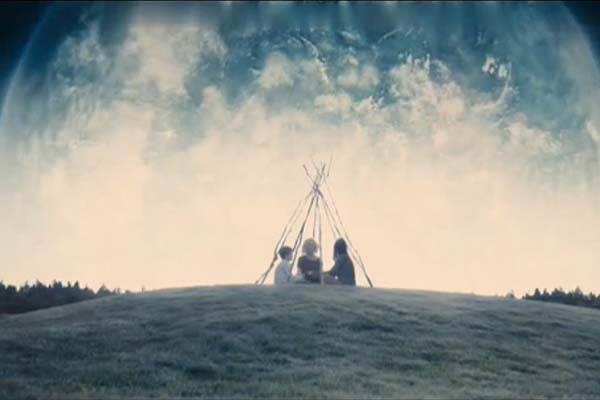The myth of Planet Nibiru is still an unresolved mystery, but now a new study by Caltech scientists backs up the credibility that a Planet Nine could be the cause of periodic mass extinctions on Earth.
The long-sought Planet X or Planet Nibiru may actually be the "Planet Nine" that astronomers have still not been able to discover. However, Dr. Konstantin Batygin and Prof. Mike Brown from the California Institute of Technology theorize that it may be real, based on their study of orbital anomalies found in bodies located in the Kuiper Belt, Sci-News reported.
The scientists figure that Planet Nine could be a gas giant having ten times more mass than Earth, with a very elliptical orbit that takes 27 million years to complete a single revolution around the Sun, unlike Earth's 365 days journey. According to the astronomers, the so-called Planet Nibiru could currently be 1000 times the distance from the Sun.
The mysterious planet was first brought to the focus of science by Prof. Whitmire and his colleague, Dr. John Matese who published a paper back in 1985 that referred to it as Planet X and raised the possibility of its correlation between mass extinctions. At the time, periodic apocalyptic events on Earth caused by comet showers were ascribed to three possible origins: A mysterious planet, twin star of the sun, and vertical oscillations of the Sun as it orbits the galaxy.
Paleontological record disqualified the last two hypotheses' which left Planet Nine as a viable explanation. The two scientists infer that when the undiscovered heavenly body gets close to the sun, it does so by knocking Kuiper Belt comets towards the inner solar system. Eventually, a swarm of comets hurls towards the Earth, not only causing physical damage but also reducing the sunlight that reaches the planet.
Whitmire and Matese estimated that this cycle repeats every 27 million years, while the paleontological record shows that comet showers took place some 250 million years ago. A newer research traces antecedence of last mass extinction to 500 million years.
Thought as the ninth member of the solar planetary system, Planet Nibiru has always been a subject of conspiracies. A latest propaganda brought up the subject again last month, saying that the mysterious Planet X is going to hit the Earth in Sept. 2016, TheWeeklyObserver reported. Thankfully, NASA debunked the controversial news saying that it was nothing but a hoax.
The following video from the movie "Magnolia" show how the catastrophic Planet Nibiru collision with Earth may look like.



























